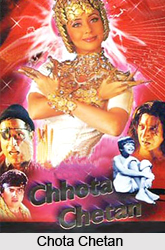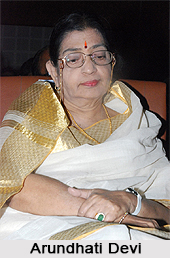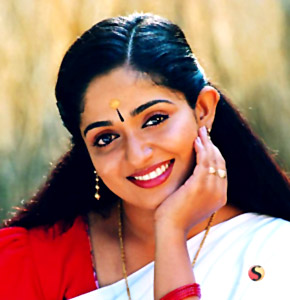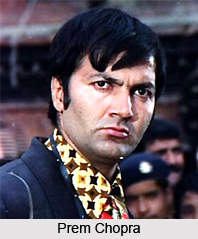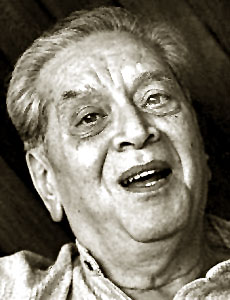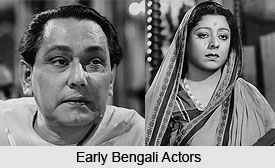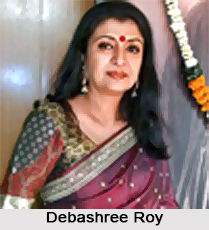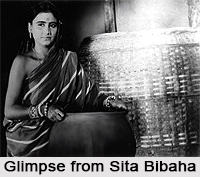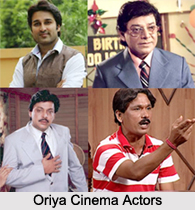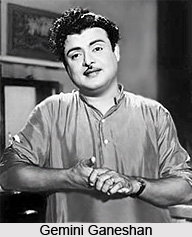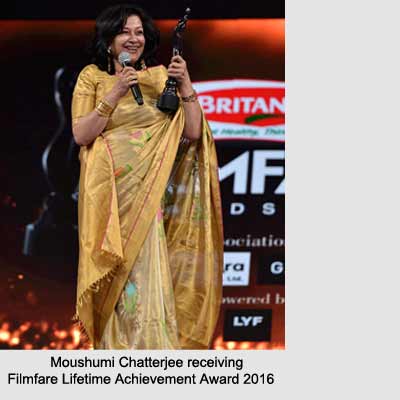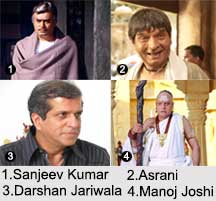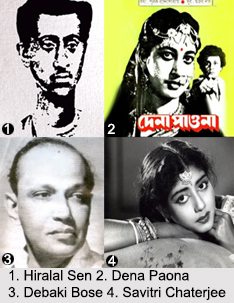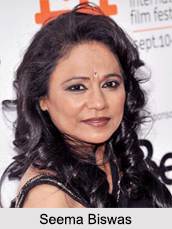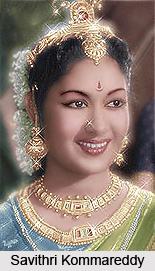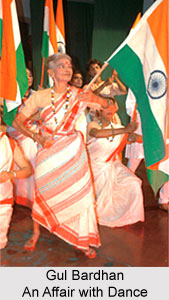 Gul Bardhan, a choreographer based in Bhopal, Madhya Pradesh was a talented student of late Shri Shanti Bardhan, who was trained by the master for India Immortal ballet. Among other vital young male and female dancers she distinguished herself as a dancer and also organizer of the Little Ballet Troupe. Associated with the Indian People`s Theatre Association, she was even the co-founder of the Little Ballet Troupe
Gul Bardhan, a choreographer based in Bhopal, Madhya Pradesh was a talented student of late Shri Shanti Bardhan, who was trained by the master for India Immortal ballet. Among other vital young male and female dancers she distinguished herself as a dancer and also organizer of the Little Ballet Troupe. Associated with the Indian People`s Theatre Association, she was even the co-founder of the Little Ballet Troupe
Early life of Gul Bardhan
Gul Bardhan was the product of a Mumbai-based Gujarati family. She was the youngest daughter and had a brother and two sisters. While strong political ideologies fired the patriot in her and her familiar family roots (her father Hans Raj Shah worked for Indian National Congress), her mother would play the Dilruba [a stringed instrument; cross between the Sitar and Sarangi] and encourage the siblings to appreciate arts. She finally took the plunge when she saw Shantida`s [Shanti Bardhan] ballet, Bhookha Hai Bengal, based on the Bengal Famine of 1943. Shantida was trained in Manipuri Dance and Tipperah (a dance form from Tripura) and performed with the late Uday Shankar at his Culture Centre in Almora. The centre disbanded later and Shantida chose to redefine Shankar`s choreography. His projection of modern-day maladies had an impact on this erudite danseuse and she joined his group in 1945.
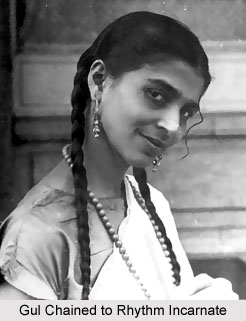 Career of Gul Bardhan
Career of Gul Bardhan
The year was 1942 a time when at the tender age of fourteen her dedicated inclination on the way to the domain of fine arts and her resolved fortitude to join the Indian Freedom Struggle for autonomous independence urged Gul Bardhan to leave her home her address and journey to the unknown the unexplored. The concepts of national integrity and unity were of paramount importance in those days as the very idea of India being a Republic of States with totally differing languages and cultures was itself quite new.
The nascent Republic was also witnessing the first queries into modernity across various fields of creative expression, including art, literature, cinema, theatre and dance. The initial attempts to break free of the classical mould (that even the classical dance forms of India were being `reinvented` in this period is another matter altogether) started to happen among the dancers. She joined the Communist Party of India, where she was asked to join Central Squad. Gul joined Shanti Bardhan`s group as a dancers. From him she learnt contemporary Indian ballet. Her fascination, admiration and regard for the Guru grew steadily and she was married to him.
In 1946, she toured India with the troupe successfully performing India Immortal choreographed by Shanti Bardhan. In 1947, Gul was selected to represent India at the First World Youth Festival taking an exhibition entitled My Country My People in Prague.
She worked for the group selflessly and was the trouble shooter. Wherever the inmates had a problem, Guldi as she was lovingly called was there to solve it. They were trained under the guidance of ace choreographer Prabhat Ganguly, and Guldi. The distinguishing feature of LBT was that training was imparted in the genre of creative and experimental dance, where movements are drawn from Indian Body Movement techniques and fused to create a new language pioneered by the legendary Uday Shankar - unlike the current Contemporary Dance in India which borrows heavily from Western movement vocabulary.
Personal Life of Gul Bardhan
Forty eight years after the demise of Shanti Bardhan, she continues to keep alive his memory by staging ballets composed by him, which once took the county by storm. His famous puppet dance drama Ramayana, which he composed when he was extremely unwell, is even today received with thunderous applause all over the world. He unfortunately, did not live to see the Panchtantra, another of his masterpieces, being staged.
To her, work comes first. When she is not dancing; she is either reading, completing the accounts of the troupe of looking after household chores. Apart from this a book Rhythm Incarnate based on the work and life of Shanti Bardhan has been edited by her. She has choreographed the ballet Uttarpriydarshi and Mahabharata. She loves to be in garden among flowers for which she has inexhaustible passion.
Contribution of Gul Bardhan
Since 1955, the Little Ballet Troupe has performed in many countries and has participated in Dance Festivals held all over world. In 1964, the French Government decorated Gul Bardhan with the "Chevelier Del Order Des Arts et Des Letters" She was awarded the Gaurav puraskar from Gujarat Sangeet Natak Akademi.
In 2001 she received the Shikhar Samman from the Madhya Pradesh Government. She was honoured with the Sangeet Natak Akademi Award Creative Dance in 2001.
President of India Smt. Pratibha Devisingh Patil honoured her with Padma Shri Award in 2010.
The credit for having preserved this gem of choreography for almost 60 years rests with the late Gul Bardhan, who took on the arduous task of continuing her husband`s dream since his untimely death in 1954. Gul Di, as she was addressed by all her close associates, led the group till her death on November 28, 2010 at the age of eighty two as the moving spirit and lead dancer, performing well into her eighties.
Honoured with a Padma Sri amidst several other awards, Gul Bardhan had fought many odds down the decades for maintaining the LBT. Born in a Gujarati family, she at first became Shanti Bardhan`s disciple, and later, life partner and continued the work left incomplete by Shanti Bardhan after his death. With the help of dynamic personalities like the gifted choreographer Prabhath Ganguly and Appunni Tharakan, she carried on the legacy with missionary zeal. In many interviews, she had remembered the staunch support that came from Pandit Jawaharlal Nehru and Indira Gandhi. She had also edited `Rhythm Incarnate,` a volume on the life and works of Shanti Bardhan.
